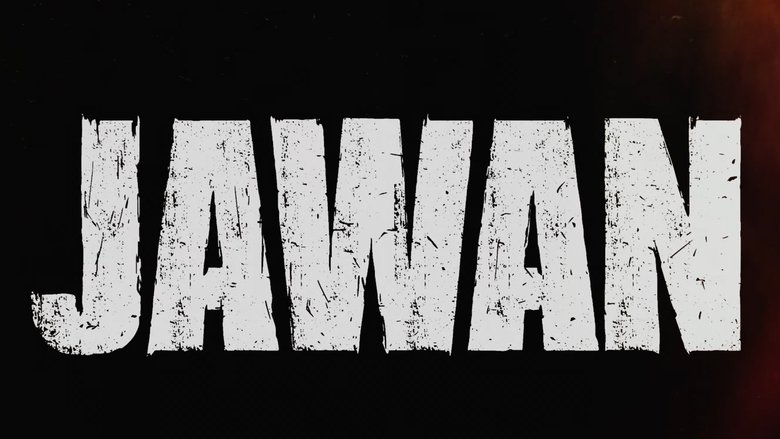

- #FUNNY PASSWORDS FOR WORK FULL#
- #FUNNY PASSWORDS FOR WORK ANDROID#
- #FUNNY PASSWORDS FOR WORK PASSWORD#
- #FUNNY PASSWORDS FOR WORK PC#
- #FUNNY PASSWORDS FOR WORK WINDOWS 8#
Even more stupidly, I said that without first researching and learned that Time Warner disables any networks that deviate from the default password schema. I, being the stupid person that I am, told them that they could change the stupid model number based password that Time Warner provided them by default. Instead, pick an image with strong contrast to create bright reference points, and come up with a creative, convoluted series of gestures to make your password extra strong.I forget exactly what the password was but it was something to the effect of "Dustin has a big penis" (Dustin being my little brother.) His girlfriend had chosen that password while setting up their new Time Warner modem/router. Every security expert we spoke to about this process cautioned against using gestures that follow the contours of the image in predictable ways, like circling faces or drawing lines between landmarks. These gestures are harder to guess because they incorporate both positional data and directional data, so an unauthorized user would need to correctly deduce the start point, end point, and direction of your gesture. Remember the order and direction of all of the gestures you drew on the screen if you draw a line from left to right in the image, for example, you’ll also have to draw the line from left to right when unlocking your system.įor maximum security, avoid taps and use circles and lines exclusively. This process is obviously designed for touchscreen PCs and tablets, but it works with a mouse as well.

Once you select the image, you’re asked to position it on-screen simply drag the image to your desired location and click the Use this picture button.

The picture is the only thing you’ll see when logging in, so try to pick an image with a resolution sufficient that the image remains attractive when splayed across your screen.
#FUNNY PASSWORDS FOR WORK WINDOWS 8#
The login system of the future is here! At least, that’s what Windows 8 wants us to think.Ĭlick the Choose picture button, browse to your preferred image directory, and choose the image you’d like to use as a base for your gestures. In short, you can use any combination of three taps/clicks, straight-line drags, and/or circles. Once Windows 8 verifies that you are who you say you are, you must sit through a quick animation that explains the types of gestures you can assign to your picture.
#FUNNY PASSWORDS FOR WORK FULL#
You can read the full study for more details, but the most important takeaway is that while gestures are faster, simpler, and more convenient to use when you’re logging in to a touch-capable device, they have their own unique vulnerabilities and aren’t necessarily any safer than traditional alphanumeric passwords.Īfter clicking the ‘Create picture password button, you’ll be asked to enter your plain-text password.
#FUNNY PASSWORDS FOR WORK ANDROID#
Researchers at the University of Pennsylvania coined the term in 2010 when they were able to successfully deduce gesture passwords used to unlock Android phones from smudge marks left on the screen. That last scenario may sound like something out of a trashy espionage thriller, but the threat of a “smudge attack” is real enough to warrant serious study. And, arguably, picture passwords are a little more secure on desktops than on touchscreen devices, because you don’t have to worry about anyone guessing your gesture password by examining your monitor for greasy fingerprints.

#FUNNY PASSWORDS FOR WORK PC#
Sketching a series of complex gestures takes a little longer than typing a traditional alphanumeric string on a desktop PC (long live the keyboard), but it’s still easier than remembering a complex string of characters and it’s roughly equivalent in terms of security. That said, the picture password feature works well enough on nontouch systems too-simply substitute your mouse for your fingertip. Microsoft clearly designed picture passwords with mobile devices in mind, since trying to type a traditional 8- to 16-character alphanumeric password with a virtual keyboard is a recipe for rage. Gestures are an alternative, not an improvement Such password aren’t inherently better than your old alphanumeric passwords, but they could be a more convenient (and no less secure) way to log in to your PC.


 0 kommentar(er)
0 kommentar(er)
